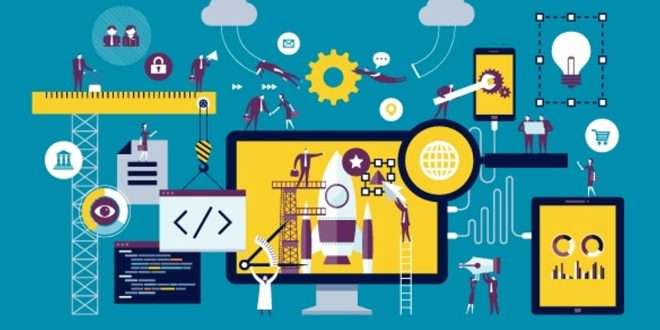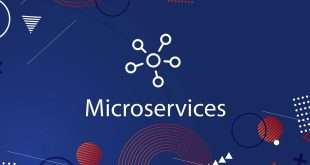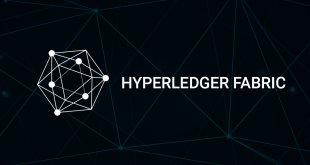In today’s fast-paced digital world, businesses need agile and efficient technology solutions to stay ahead of the curve. However, many organizations still rely on legacy systems—older, time-tested software and hardware that have been a part of their operations for years. Integrating these legacy systems with modern applications and services can be a daunting challenge. This is where SOAP (Simple Object Access Protocol) web services come to the rescue. In this comprehensive guide, we will delve into the power of SOAP web services and their role in seamlessly integrating legacy systems in the age of APIs.
Understanding SOAP Web Services: Foundations and Principles
SOAP web services form the backbone of secure and standardized communication between disparate systems. At its core, SOAP relies on XML (Extensible Markup Language) for message formatting, ensuring data integrity and cross-platform compatibility. The architecture emphasizes the use of HTTP and XML, making it an ideal choice for integrating legacy systems with modern applications.
SOAP Web Services Key Points:
- Based on XML messaging protocol
- Platform-independent and language-agnostic
- Leveraging HTTP for communication
SOAP’s robust foundation lays the groundwork for secure and reliable data exchange, facilitating seamless integration in complex enterprise environments.
Advantages of SOAP Web Services for Legacy Systems Integration
Integrating legacy systems using SOAP web services offers a plethora of advantages. Let’s explore some key benefits that make SOAP a preferred choice for bridging the gap between old and new technologies.
Security and Reliability
SOAP’s built-in security features, like XML encryption and digital signatures, ensure that sensitive data remains protected during transit. Additionally, its reliability guarantees that messages are delivered accurately and, in case of errors, can be re-sent until successful delivery.
Platform Independence
SOAP web services can run on various platforms, including Windows, Linux, and macOS, making them an ideal choice for enterprises with diverse IT infrastructure.
Language Neutrality
SOAP is independent of programming languages, enabling seamless communication between systems developed in different languages, such as Java, .NET, or Python.
Wide Industry Adoption
Being a mature and well-established technology, SOAP web services enjoy widespread adoption, providing a stable and future-proof solution for legacy system integration.
Integrating Legacy Systems with SOAP Web Services: Step-by-Step Guide
Now that we understand the advantages of SOAP web services, let’s walk through the process of integrating legacy systems with modern applications using SOAP.
Identifying Legacy System Interfaces
Begin the integration process by identifying the interfaces and functionalities of your legacy system. Assess the data and services you want to expose or consume through SOAP web services.
Designing the SOAP API
Create a well-defined API specification using WSDL (Web Services Description Language). The WSDL document outlines the message format, operations, and service endpoints.
Implementing SOAP Web Services
Develop SOAP web services that adhere to the WSDL specifications. Ensure proper handling of exceptions and errors to maintain the integrity of data exchanges.
Legacy System Adaptation
If the legacy system lacks native SOAP support, develop adapters or middleware to facilitate communication between the legacy system and SOAP web services.
Testing and Validation
Thoroughly test the integration to identify and resolve any compatibility issues. Conduct comprehensive validation to ensure smooth data flow and error handling.
Monitoring and Maintenance
Implement monitoring tools to track the performance of integrated systems. Schedule regular maintenance to keep the SOAP web services up to date with evolving business needs.
Real-World Success Stories: Organizations Leveraging SOAP for Legacy Systems
To better understand the impact of SOAP web services on legacy system integration, let’s explore some real-world success stories from leading organizations.
Acme Corporation: Streamlining Operations with SOAP
Acme Corporation, a multinational conglomerate, faced challenges in integrating its legacy CRM system with new marketing tools. By implementing SOAP web services, Acme achieved seamless data synchronization, enabling personalized marketing campaigns and improving customer engagement.
XYZ Bank: Enhancing Security with SOAP
XYZ Bank, a prominent financial institution, needed to update its legacy authentication system to meet modern security standards. The adoption of SOAP web services allowed XYZ Bank to integrate multi-factor authentication seamlessly, bolstering its security posture and protecting customer accounts.
Common Misconceptions and Challenges in SOAP Web Services Integration
Despite the numerous advantages of SOAP web services, certain misconceptions and challenges surround their integration. Let’s address these concerns and find viable solutions.
Performance Overhead
Some believe that SOAP’s XML-based nature may lead to performance overhead. However, with advancements in technology and optimized implementations, this concern is largely mitigated.
Complexity in Legacy System Adaptation
Integrating SOAP with legacy systems can be perceived as complex. Engaging experienced developers and following best practices can simplify the adaptation process.
Scalability Concerns
Critics sometimes raise scalability concerns, but SOAP’s stateless nature and support for load balancing allow for horizontal scaling, ensuring seamless expansion as your business grows.
Final Words
In conclusion, SOAP web services offer a robust and secure solution for integrating legacy systems in the era of APIs. By harnessing the power of SOAP, businesses can bridge the gap between old and new technologies, streamlining operations, enhancing security, and fostering innovation.
Commonly Asked Questions
Q1: Are SOAP web services still relevant in the age of RESTful APIs?
A: Absolutely! While RESTful APIs have gained popularity, SOAP web services continue to thrive, especially in enterprise environments that demand high security and reliability.
Q2: How does SOAP ensure data confidentiality during transmission?
A: SOAP utilizes XML encryption and digital signatures, ensuring data confidentiality and integrity, even when transmitted across untrusted networks.
Q3: Can SOAP web services be integrated with microservices architecture?
A: Yes, SOAP web services can be integrated with microservices architecture. They can act as bridges between monolithic legacy systems and microservices.
Q4: What programming languages support SOAP web services?
A: SOAP is language-agnostic, meaning it can be used with a wide range of programming languages, including Java, .NET, PHP, Python, and more.
Q5: Is SOAP suitable for real-time data exchange?
A: SOAP is designed for reliable data exchange and may not be the best choice for real-time applications. For real-time scenarios, consider using WebSocket or other specialized protocols.
 webfily
webfily



